
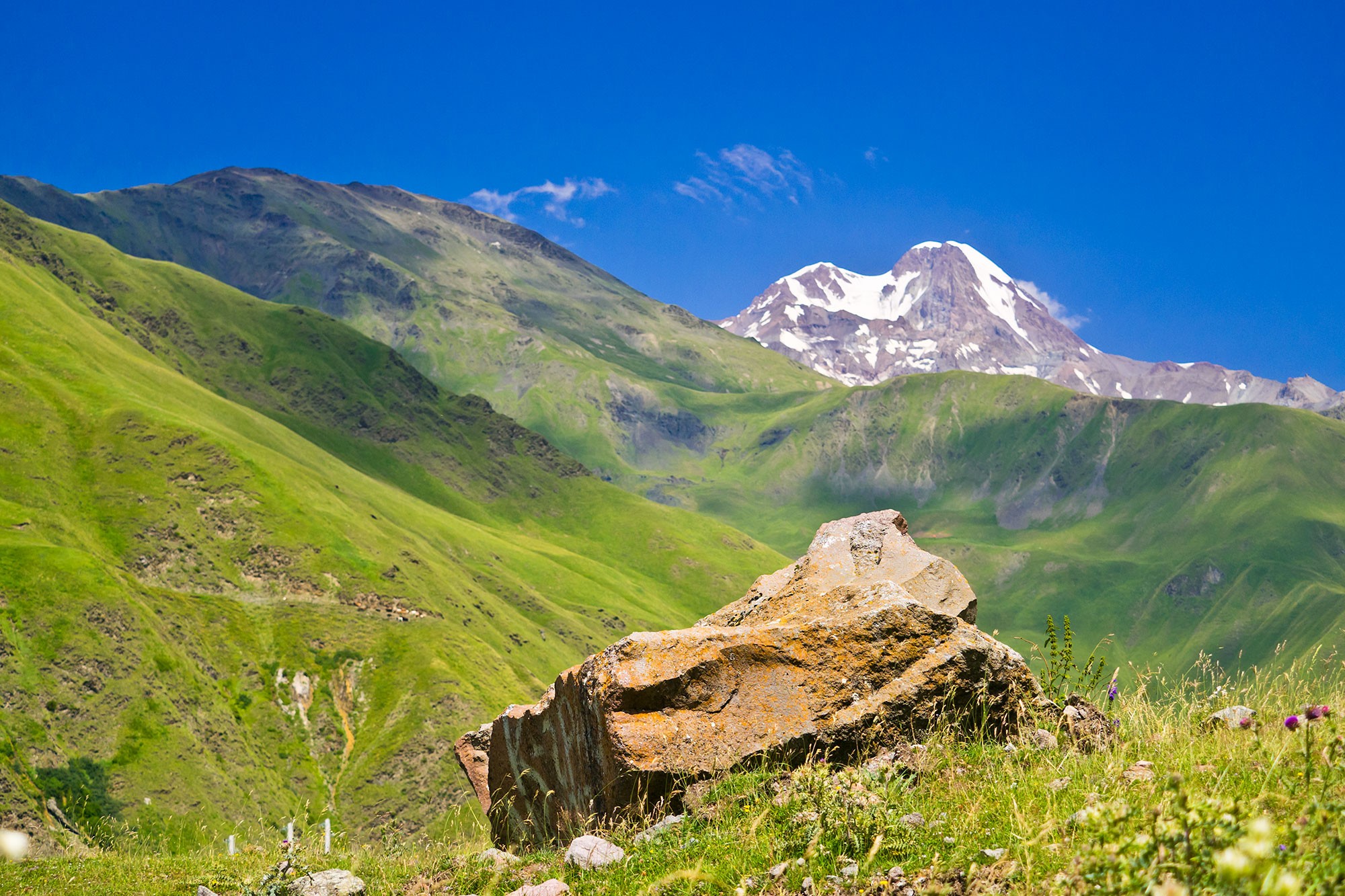
Polarizing filters are generally used in landscape photography, as they can both control polarized light – commonly known as "light reflection"- and contrast. There are two types of polarizing filters: PL (Polarized Light) and C-PL (Circular Polarized Light), but C-PL filters are generally the most used. When combined with digital cameras using a low-pass filter, polarizing filters may cause false color or moiré, thus affecting autofocus and photometry. To avoid such a negative effect, CP-L filters, that is filters able to convert linear light into circularly polarized light due to a wave plate incorporated in their structure, have been developed.
PL filters won’t show their effect by simply installing them on the lens. In the same way as for star filters, PL filters come in a two-filters rotating structure that, by rotating the filter’s frame, allows control on the effect. The effect goes from 0 to 100% each 0 to 90 degrees rotation, and the filter frame can rotate from 0 to 360 degrees.
Here some hints on how to use these filters. As light reflection is prominent when keeping the polarizing effect on a low value, you can keep this value low on purpose to get a more impressive effect when capturing, for example, the blue sky reflected on a lake surface, or the rainbow, etc.
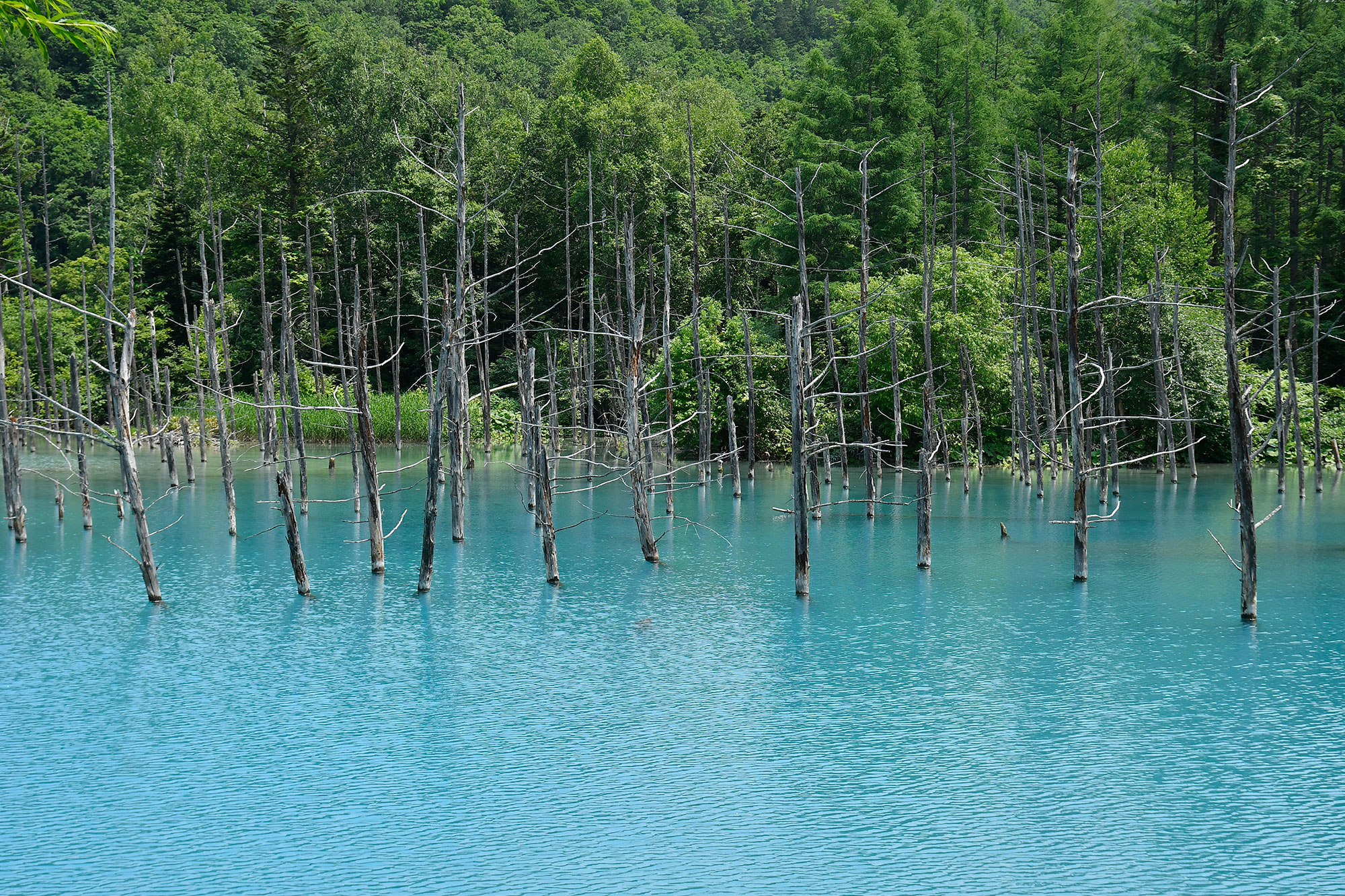
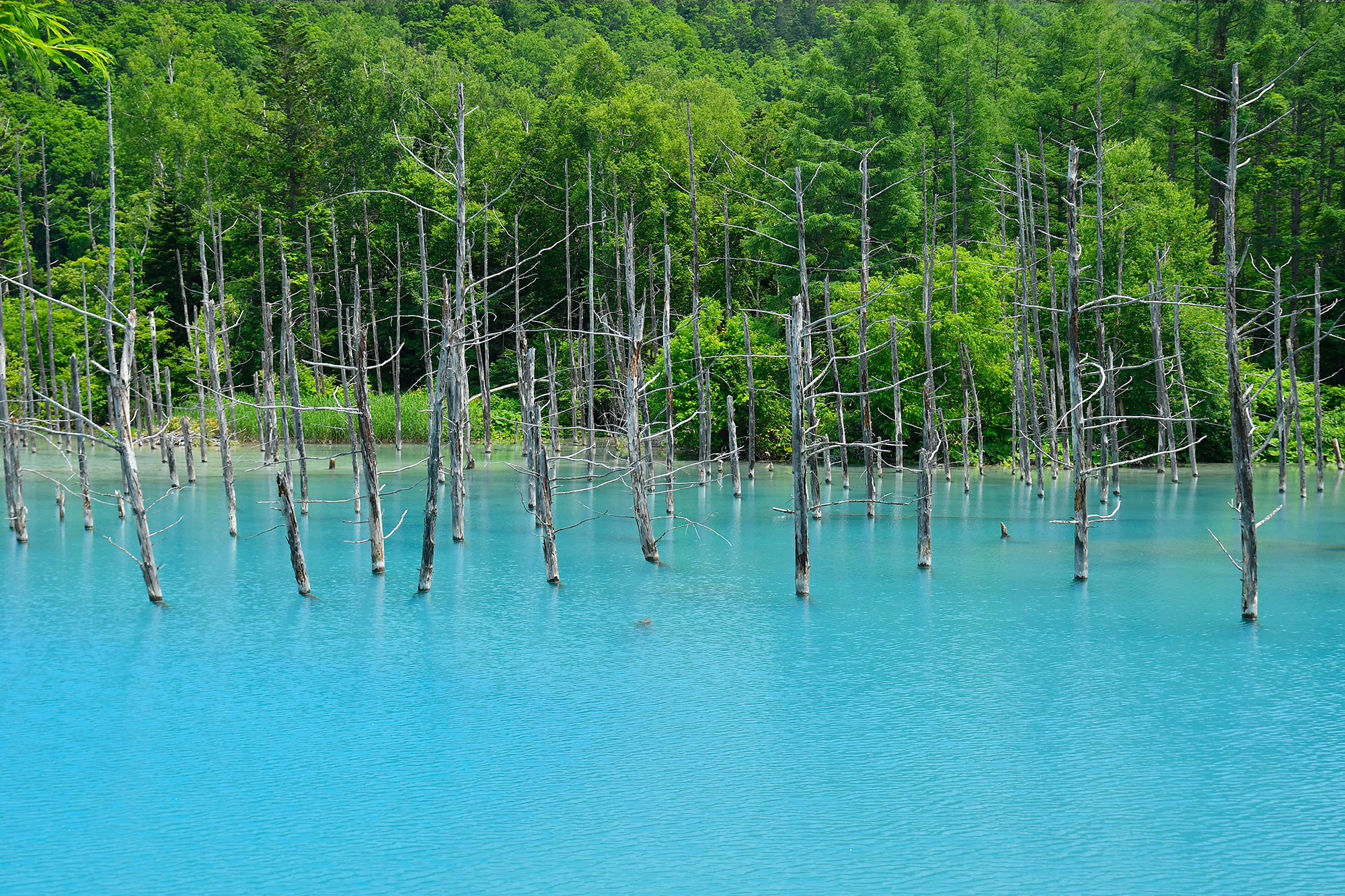
On the other size, when maximizing the polarizing effect, as light reflections on water surfaces are suppressed, you can capture the transparency of a water surface, or impressively enhance the color of a blue sky. Also, the polarizing effect of these filters can be much more effective if considering the angle of interaction between the sun rays and the filter’s surface. By keeping the filter oblique at 30-40 degrees rather than straight, you can further cut off unwanted reflections; or, by keeping the filter oblique at 90 degrees, you can further enhance the contrast of a blue sky. That is, by keeping the sun right back ("direct light" in photography) when shooting, the polarization comes out more effectively. Moreover when the sun is high the most effects are obtained closer to the ground, while when the sun is in its lower position, like at sunrise or at sunset, the closer overhead the better.
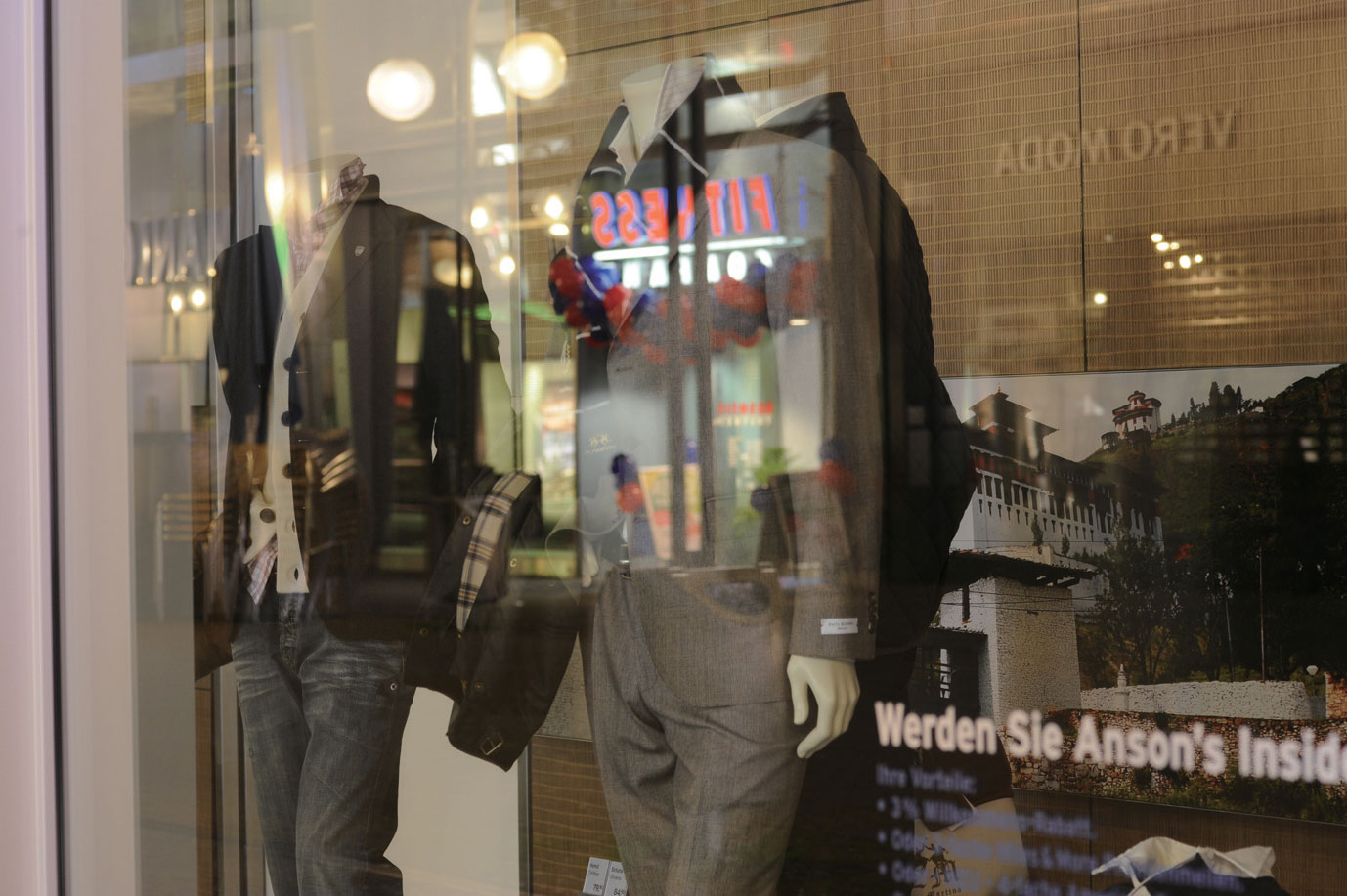
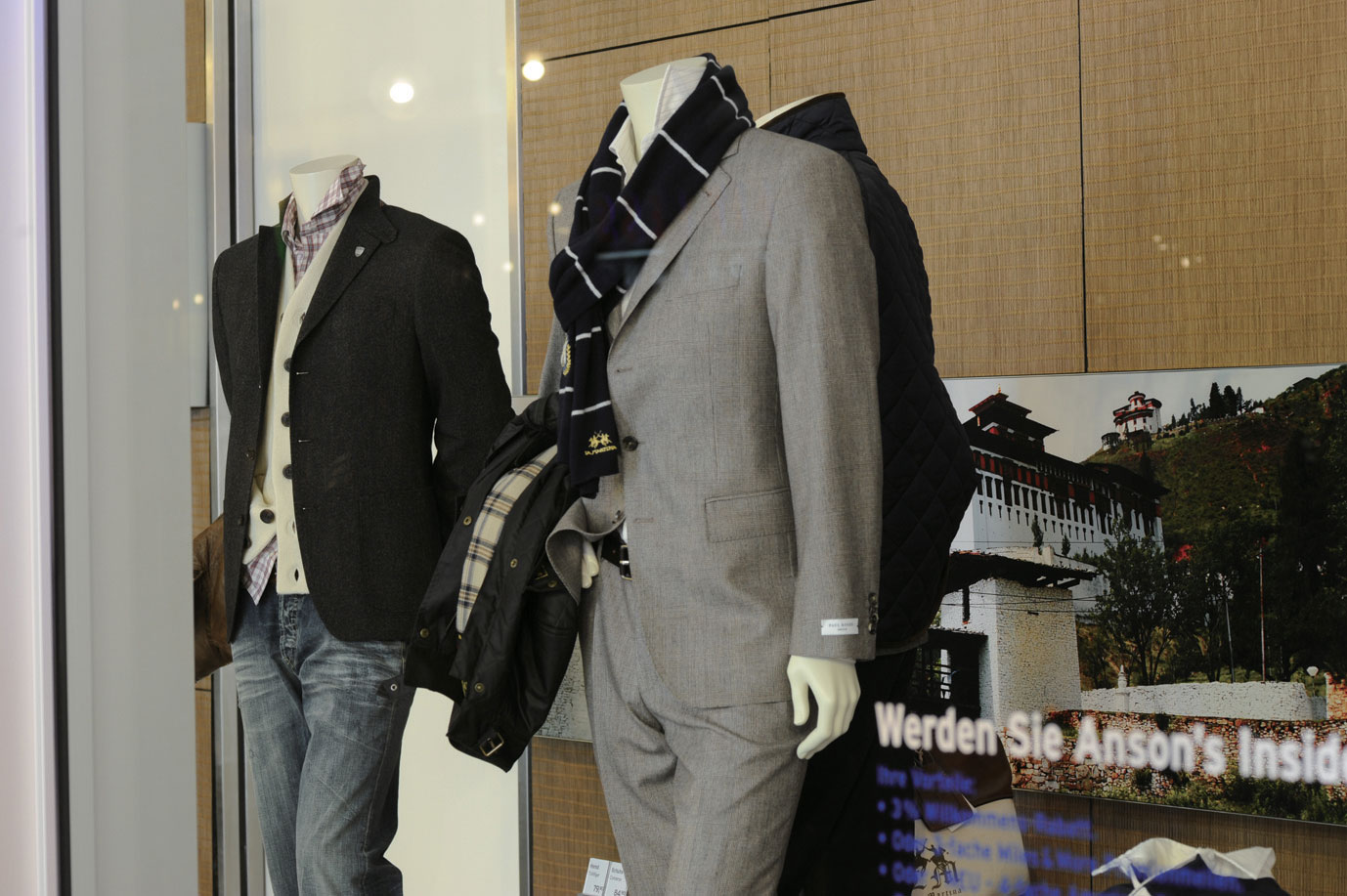
As an important point to take note of, when using super wide angle lenses the polarizing effect is only partial and depending on the sun position. So, if aiming to shooting at a big portion of the sky, it is necessary to decide beforehand which part of the sky to polarize. Also, as vignetting may occur PL filters with a slim frame are mostly recommended with these lenses.
024066070395
Premium filter with 16 layers anti-reflective, ultra-hard nano coating and a high transparency polarizing film. Water & oil repellent and stain resistant properties.
Sold 0 items
(Options available)
0024066070609
Premium filter with 16 layers anti-reflective coating and a high transparency polarizing film. Water & oil repellent and stain resistant properties.
Sold 5 items
(Options available)
024066071477
High-end filter with 18 layers anti-reflective coating. Water & oil repellent and stain resistant properties.
Sold 2 items
(Options available)
HY022-1
Your ONE and Only Polarizer
Sold 0 items
(Options available)
024066056245
Best Filter Performance in History
Sold 0 items
(Options available)
024066040541
Color and contrast enhancement
Sold 0 items
(Options available)
024066058638
Color and contrast enhancement
Sold 0 items
(Options available)
024066072375
Circular polarizer to control color saturation and light reflections.
Sold 0 items